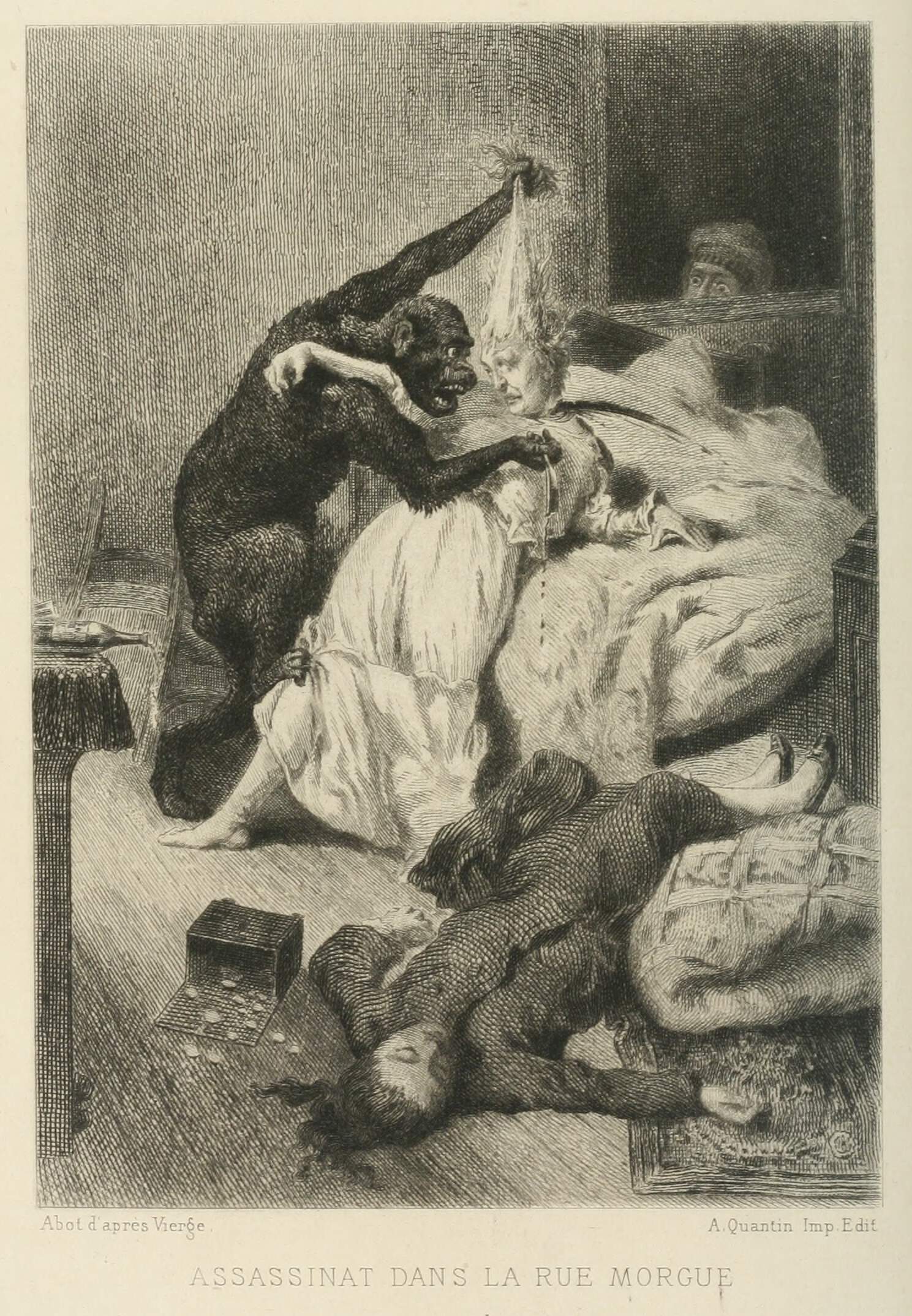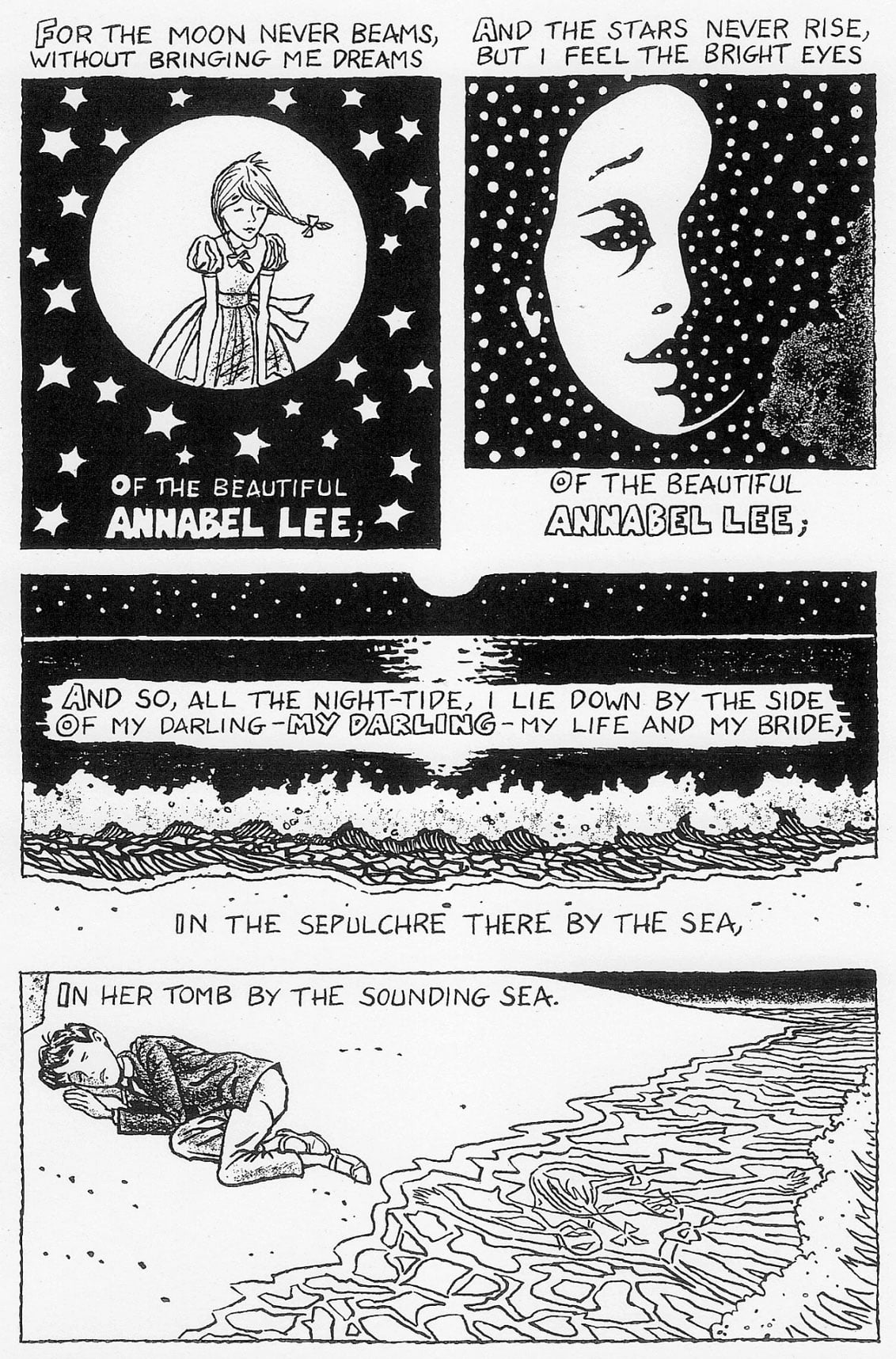My Thoughts on Edgar Allan Poe

As a lover of horror literature, I have always been fascinated by the works of Edgar Allan Poe. His dark, gothic horror stories and poems have left a lasting impact on the literary world and continue to captivate readers.
Poe’s writing is often classified as “Dark Romanticism,” a subgenre of Romanticism that focuses on the darker, more mysterious, and supernatural aspects of the human experience. His stories and poems often center around death, madness, and macabre themes.
This article is a homage to the dark and macabre world of Edgar Allan Poe, one of the masters of horror literature.
Stories
One of his most renowned stories, “The Tell-Tale Heart,” is a prime example of this, as it tells the tale of a man who becomes fixated on the idea that an old man he is caring for has an “evil eye,” ultimately driving himself to commit murder. The story is a masterful display of suspense and psychological horror that keeps the reader on edge.

“The Pit and the Pendulum” is another horror story about a man sentenced to death by the Spanish Inquisition. The story is known for its vivid descriptions of torture and exploration of the human mind in the face of death.
“The Masque of the Red Death” is a work of art that tells the story of a prince who tries to evade a deadly plague by throwing a masquerade ball in a sealed castle. The story is noted for its true-to-life imagery and its exploration of the themes of death and the human condition.
“The Cask of Amontillado,” tells the story of a man who seeks revenge on a friend who has wronged him. The story is known for its striking descriptions of the catacombs and its exploration of the theme of revenge.
Another of Poe’s celebrated tales, “The Fall of the House of Usher,” is a quintessential example of gothic horror. The story features a narrator trapped in a haunted mansion with a madman. The story is a masterful display of suspense and atmosphere, with its intense descriptions of the crumbling mansion and the psychological deterioration of the characters, leaving the reader in a state of unease.

“The Murders in the Rue Morgue” is a seminal work of literature by Edgar Allan Poe, first published in 1841 in Graham’s Magazine. This work has been widely recognized as the first modern detective story, and Poe referred to it as one of his “tales of ratiocination.”
The story follows the character of C. Auguste Dupin, a man residing in Paris who employs his exceptional analytical skills to solve the gruesome murder of two women in the titular Rue Morgue. The story is known for its intricate plot and its exploration of the themes of crime, detection, and the power of reason.
Poe’s use of a detective figure, Dupin, as the main character was an innovative move at the time, and it has since become a staple of the detective fiction genre.
Poems
Poe’s poetry is equally striking, with works such as “The Raven” and “Annabel Lee” considered among American literature’s most renowned and enduring poems.

“The Raven” is a dark and eerie poem that tells the story of a man visited by a talking Raven, symbolizing his descent into madness. The poem is notable for its repetition and alliteration, creating a sense of foreboding and unease.
The poem is also notable for its rich imagery and symbolism. The raven is a symbol of death and the narrator’s internal demons. The poem’s “grim, dark chamber” setting adds to the eerie and foreboding atmosphere. The raven’s presence in the chamber heightens the narrator’s sense of isolation and despair.
“Annabel Lee” is a poem about the narrator’s love for a woman named Annabel Lee. The poem is notable for its sad and nostalgic tone and evocative descriptions of nature. It is a beautiful and moving tribute to the power of love and the pain of loss.

Recommended: Julian Peters’s beautiful comic adaptation of Edgar Allan Poe’s classic poem “Annabel Lee” (1849). Find this comic along with 23 other classic poetry adaptations in his debut book, Poems to See By: A Comic Artist Interprets Great Poetry (Plough Publishing, 2020).
Influence
Poe’s horror stories and poems heavily influenced H.P. Lovecraft, and he often cited Poe as a major influence on his own writing.
In a letter to Rheinhart Kleiner, Lovecraft stated, “When I write stories, Edgar Allan Poe is my model,” and “But Poe was my God of Fiction.”
These statements demonstrate the significant impact of Poe’s literature on Lovecraft’s writing and how much he looked up to Poe as an inspiration. Lovecraft’s stories often feature cosmic horror and supernatural elements, similar to Poe’s.
Arthur Conan Doyle, the creator of Sherlock Holmes, was heavily influenced by Poe’s detective stories. Poe’s “The Murders in the Rue Morgue” is considered the first detective story, and Poe’s detective stories heavily influenced Conan Doyle’s Sherlock Holmes stories.
In 1965, the critic Joseph Wood Krutch studied the available evidence and came to a surprising conclusion. “Edgar Allan Poe,” he wrote, “invented the detective story in order that he might not go mad.” Arthur Conan Doyle, a man who knew a thing or two about detective stories, was quick to credit his boyhood hero with inspiring Sherlock Holmes and all the mysteries that came after. “Poe…was the father of the detective tale,” he said, “and covered its limits so completely that I fail to see how his followers can find any fresh ground which they can confidently call their own…Where was the detective story until Poe breathed the breath of life into it?”
lithub.com via historyofliterature.com.
Stephen King is one of the most popular horror writers of the modern era and has cited Poe as a major influence on his writing. As per his masterpiece “The Shining,” he has been inspired by Poe’s short stories: “The Masque of the Red Death,” “The Fall of the House of Usher,” and “The Black Cat.”
Poe’s science fiction stories heavily influenced H.G. Wells. Wells’s science fiction stories often feature horror and supernatural elements, similar to Poe’s. The mathematical precision and intricacies of machines described by Poe in stories such as “Maezel’s Chess-Player” and “The Pit and the Pendulum” greatly influenced H.G. Wells’s writing and shaped his perspective on science fiction.
Tales of Mystery and Imagination (Edgar Allan Poe) is the debut studio album by British rock band The Alan Parsons Project. Charisma Records released it on 25 June 1976 in the United Kingdom. The lyrical and musical themes of the album, which are retellings of horror stories and poetry by Edgar Allan Poe, attracted a cult audience. The album's title is taken from the title of a collection of Poe’s macabre stories of the same name.
Epilogue
Poe’s influence on literature is undeniable, and his work has influenced the horror genre in great heights. His stories and poems have been adapted into movies, TV shows, comics, and video games.
Poe’s work has also been referenced in popular culture, including in the animated television show South Park. Edgar Allan Poe’s legacy in literature is undeniable.
His dark, gothic stories and poems have impacted the modern horror and mystery genre and continue influencing writers and popular culture.
His influence on literature is undeniable, and his legacy will continue to be celebrated for many years.